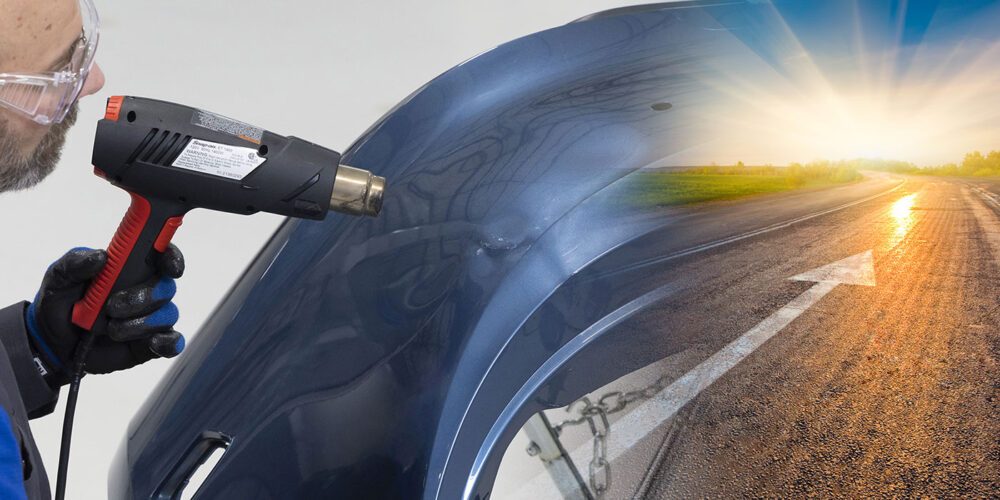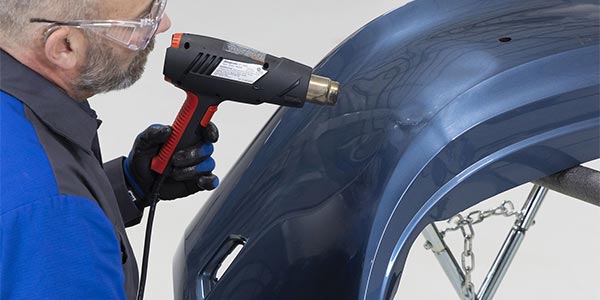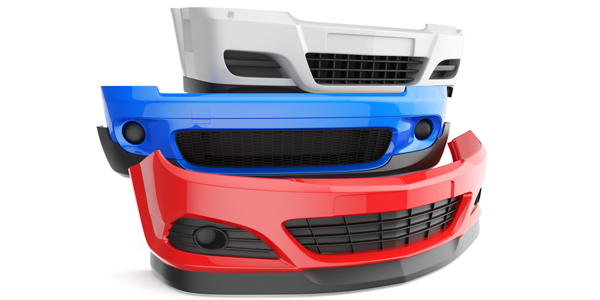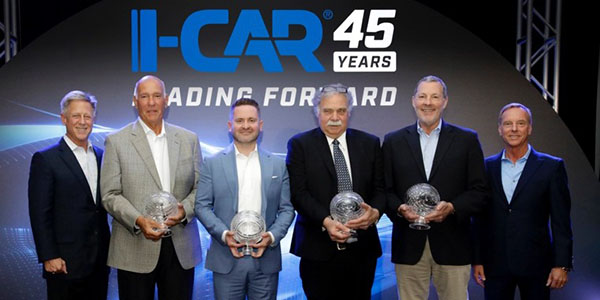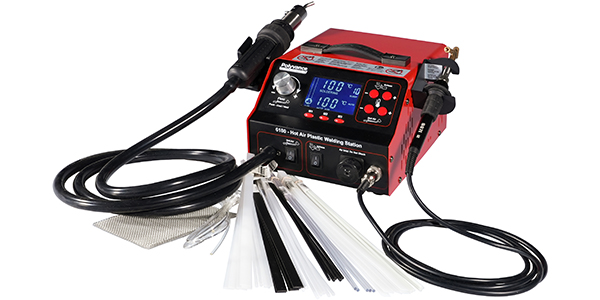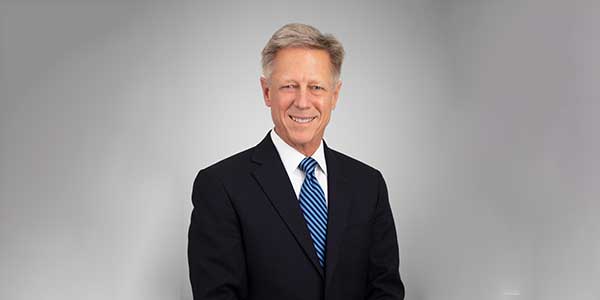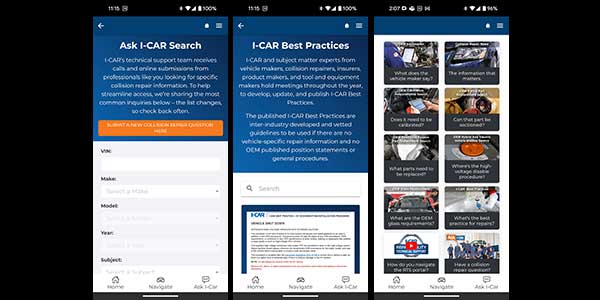In our collective 75 years of experience in the collision repair industry, including more than two decades dedicated to training (Tom Hurley, senior subject matter expert, and Robert Lendabarker, subject matter expert with the I-CAR Industry Training Alliance), we’ve performed procedures spanning a variety of makes, models, part and materials. The field of plastics repair is continuing to grow, and it’s important that repair considerations keep pace with the technological advancements of today’s vehicles.
Pivot to Plastic
Plastic has been used in the manufacture of vehicles since the 1950s, steadily gaining in popularity due to its low cost, lighter weight, design flexibility, anti-corrosion properties and safety implications. Its evolving durability and other properties make it ideal for a number of applications, including instrument panels, lights, bumpers, display screens, fuel lines and much more.
According to recent data from the Plastics Division of the American Chemistry Council, plastics comprise roughly 50% of a modern vehicle’s volume. And, with greater attention to fuel efficiency and the growing popularity of EVs, there’s even more plastic on the horizon.
With the increase in the use of plastic, plastic repair has also increased. Part of the attractiveness is avoiding the hassle and time of ordering new parts — good for both repair shops and vehicle owners.
Parallel Evolution
With the increase and advancements in plastic applications, continued training on the repair of these new applications and materials is critical to ensuring that technicians have the skills to perform complete, safe and quality repairs. I-CAR offers a range of educational solutions devoted to plastics. You’ll also find repair considerations for plastic covered as part of a broader curriculum of new materials and technology or a specific technique, like welding. Above all, it’s critical to follow the specific OEM repair procedures for plastic repair; these procedures can change from year to year and model to model.
Tools and repair methods specific to plastic have also evolved. The use of heat, for example via heat guns, remains an effective tool in dent repair, restoring plastic pieces to their original shape with or without some prodding. Adhesives — glue, epoxy, double-sided film or tape — continue to improve in their effectiveness and are used successfully for a variety of repairs, from reconnecting snapped tabs and sealing cracks to filling holes and remounting.
Nitrogen plastic welders, which were first introduced nearly two decades ago, are largely still considered to be state-of-the-art. They’ve gone through several generational improvements and effectively restructure components in certain plastics to fuse pieces together.
Between advanced two-way adhesives and nitrogen welders, you can put just about anything plastic back together again. But should you?
To Repair or Not to Repair
Many shops have embraced plastic repair in recent years, with some investing in the development of dedicated plastic repair technicians whose only role is to repair plastic. And with the sheer volume of plastic pieces/applications per vehicle, there is ample opportunity for repair.
Some shops have been hesitant to dedicate resources to plastic repair. Some of this reluctance can be directly attributed to the proliferation of advanced driver-assistance systems (ADAS) and the concern over liability of a repair that could compromise the sensitivity and performance of a sensor and impact a driver’s safety.
Hands down, the most common plastic repair following a collision is the plastic bumper. Most vehicles today have moved to plastic bumper covers over a steel impact beam, with the exception of some SUVs and pickups. While a seemingly uncomplicated repair, they still require meticulous attention to detail, down to the millimeter of thickness of the finished product, which accounts for repair material, paint and clearcoat. This is especially critical where ADAS sensors are concerned, as any difference in thickness can significantly alter the sensitivity of a sensor to function correctly. Most OEMs will prohibit repair within a certain distance of sensors, while some prohibit the repair of plastic completely.
Research Before Repair
If there’s a golden rule for collision repair, it’s to conduct research before you commit to a repair or even pick up a tool. And by research, that means identifying and reviewing the OEM-recommended procedure for repairing a specific part or area of a car. This step cannot be overstated.
It’s also important to note that technicians can’t rely on previous experience with a certain make and model alone, even for vehicles manufactured in the same calendar year. OEMs are continually evolving and enhancing vehicles. The very same part purchased from two different manufacturers could have an impact on repair guidelines, necessitating that repair technicians keep up with change recommendations over the course of a model run.
OEM procedures must be followed to the letter. This is something we hammer home in all of our training courses, encouraging technicians to make it a habit to find and print out the manufacturer’s information for each repair.
As a general rule of thumb, plastic trim pieces are perfectly fine to repair. However, structural, supplemental restraint systems (SMS) or ADAS-related repairs should be a hard no.
When it comes down to it, the first step is to determine whether or not the OEM guidelines allow you to make a repair in the first place. If yes, then it’s up to the integrity and accountability of the shop and individual technician to make sure they have the proper tools and training to make complete, safe and quality repairs.
I-CAR offers an evolving roster of relevant courses and resources. For the latest course additions and registration, visit i-car.com.

